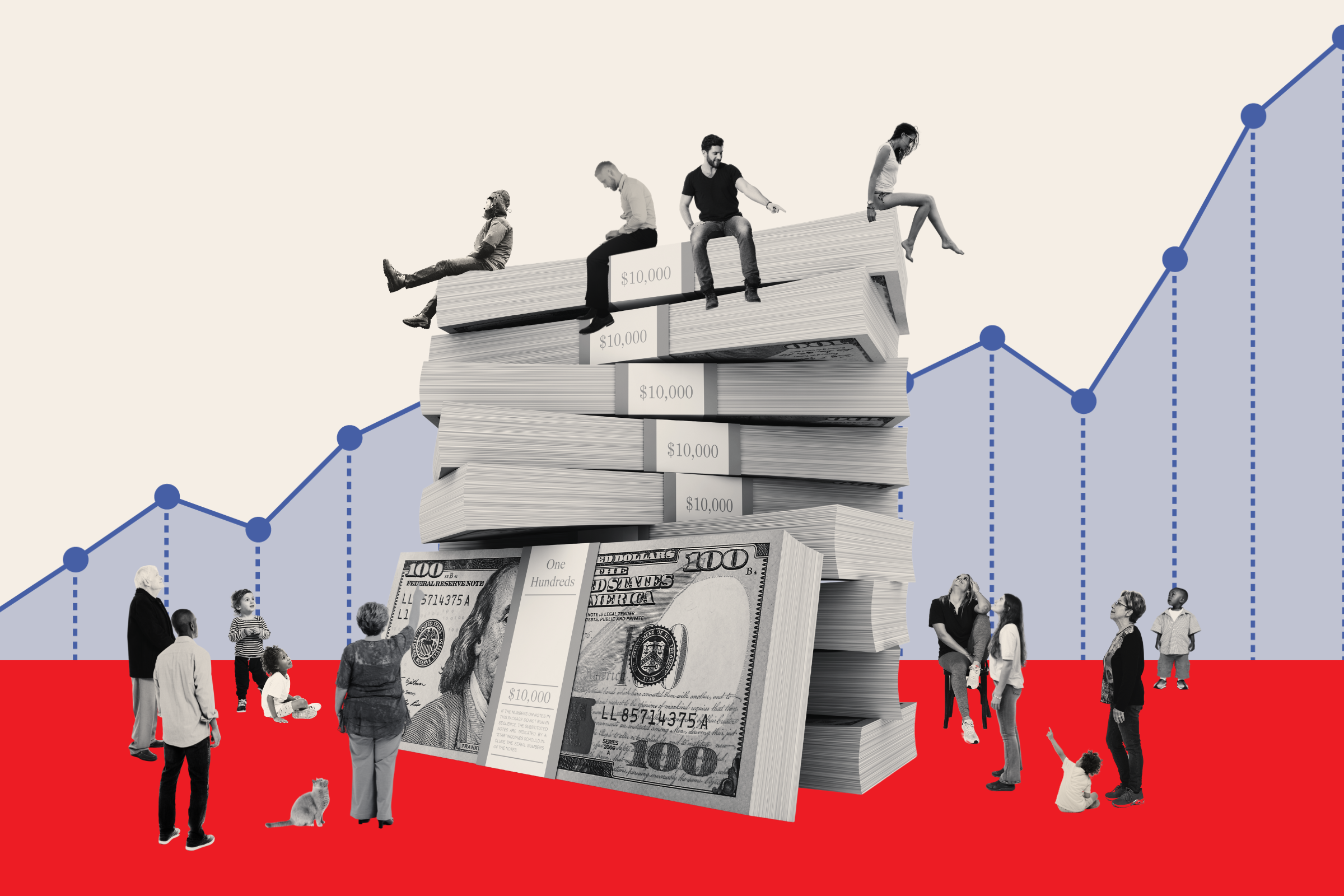
In recent years, young Americans under the age of 40 have experienced a significant increase in wealth, with the average wealth of households in this age group rising by almost 50% since 2019. This rapid wealth growth can be attributed to the strong recovery of the U.S. economy following the coronavirus pandemic.
Data compiled by the Center for American Progress (CAP) has revealed that millennials are outpacing other age groups in terms of accumulated wealth, employment rates, and wage growth after the pandemic. In just four years, the average wealth of households under 40 has grown by nearly 50% since 2019.
Compiling data from the Federal Reserve, CAP found that the average wealth of these households reached $259,000 in Q4 of 2023, reflecting a 49% increase or $85,000 more than the $174,00 in 2Q of 23.
Some millennials have been able to take advantage of unique economic circumstances to significantly increase their wealth. For example, James Barnes and his wife were able to purchase a house outright after its value doubled during the pandemic. As of 2023, millennials held $7 trillion in real estate wealth, up from $3.5 trillion in 2019.
The student-loan payment pause and government stimulus measures have also helped some millennials double their investment savings and max out their retirement accounts. The average pre-tax household income for millennials increased from $79,514 in 2019 to $100,315 in 2022.
One example of this success is Khary, a millennial veteran who doubled his investment savings during the pandemic and is now on track for a comfortable retirement despite previously facing economic challenges. The sudden surge in wealth among millennials far surpasses the progress of previous generations who experienced a recession during their young adult years.
In summary, the rapid wealth growth among millennials can be attributed to the strong economic recovery following the coronavirus pandemic and unique economic circumstances that have allowed some to significantly increase their financial stability. This has led to increased home ownership, investment savings, and retirement planning for many young Americans.


